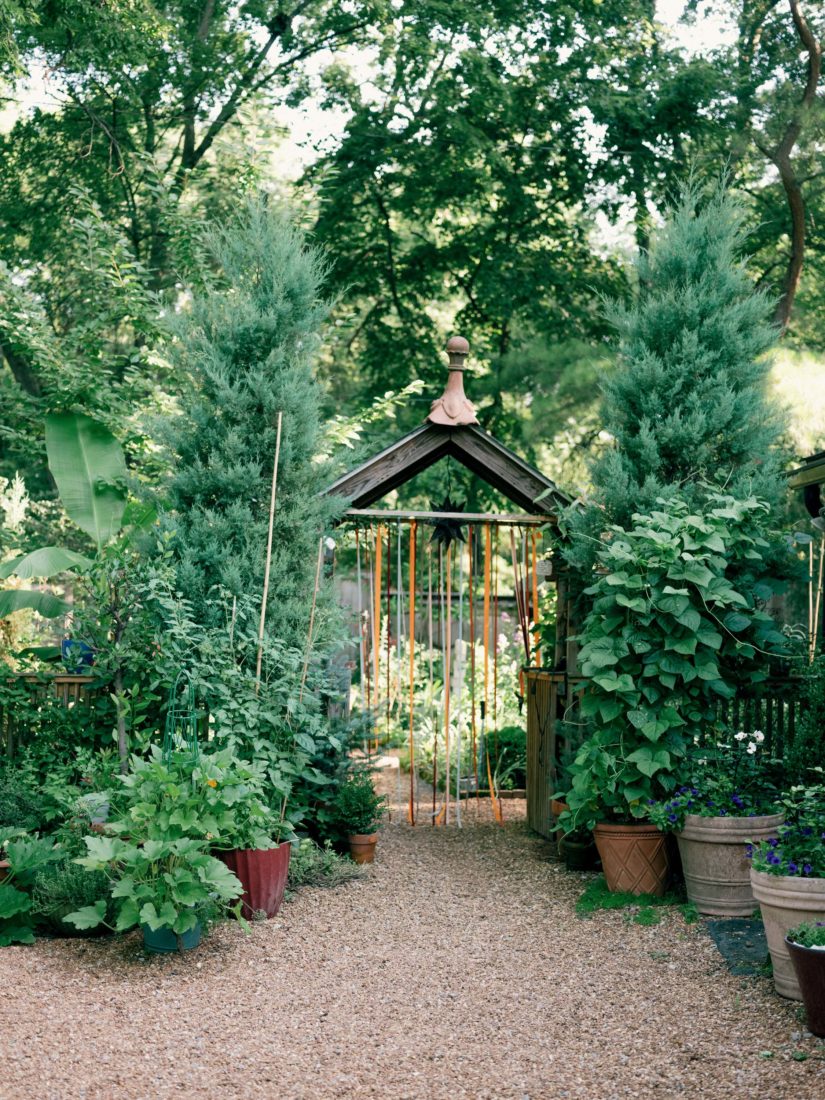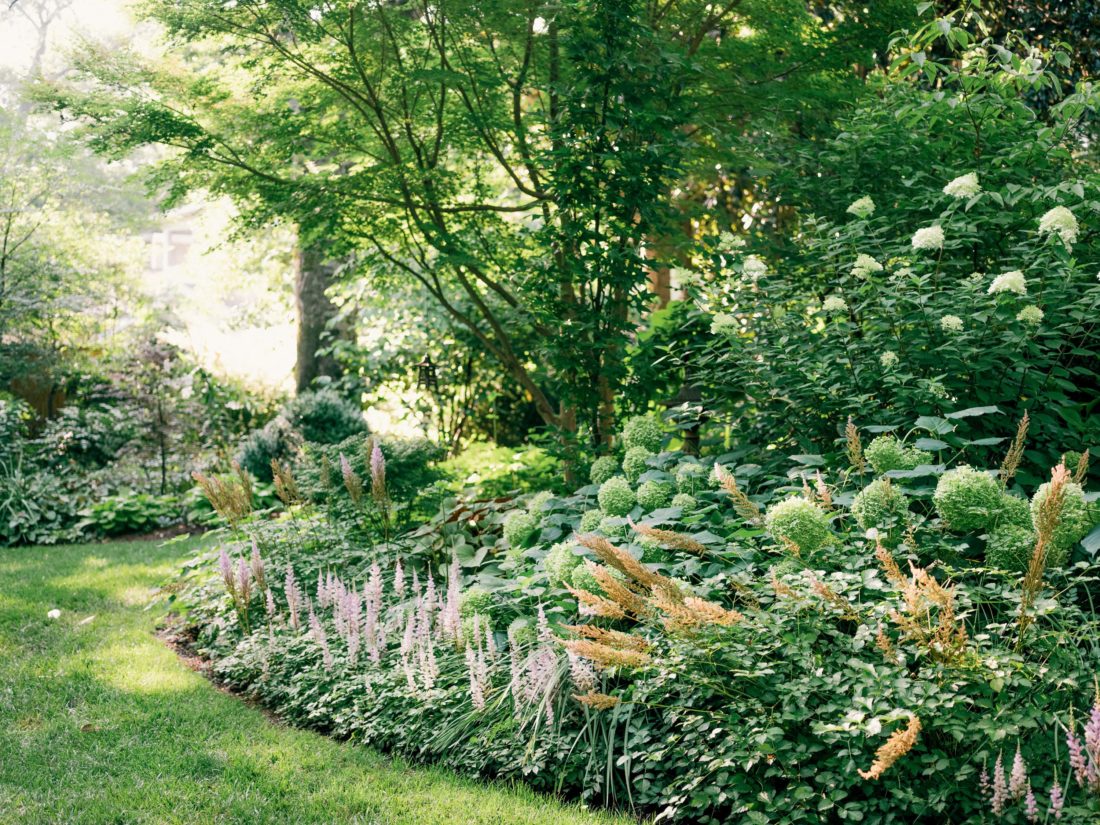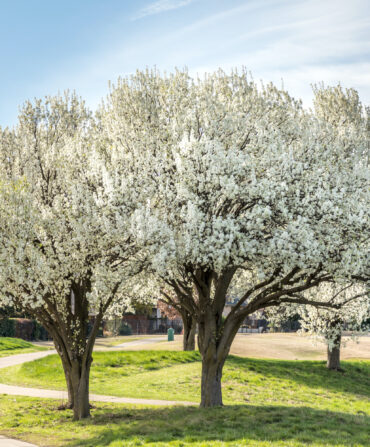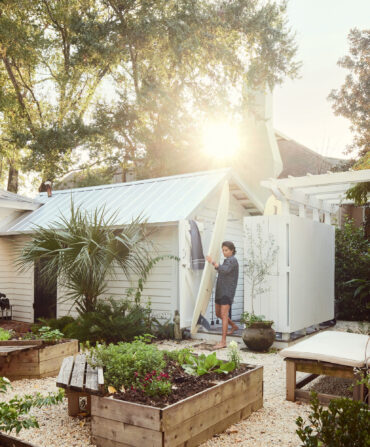There’s a linen-bound journal on a table in the sunroom overlooking the gardens at Nashville’s historic Craighead House, where the owner Steve Sirls, a landscape designer by trade, keeps sporadic but detailed accounts of the gardens’ goings-on. Everything from favorite plants to parties gets recorded for posterity. One of the earliest entries recalls the “garden-warming” soiree friends threw Sirls and his husband, Allen DeCuyper, on a fall evening just after they closed on the property in 1998. The house was empty, so they gathered by its fireplaces and on the grounds, and instead of wine bottles and tea towels, guests came bearing Japanese maples, armfuls of daylilies, and even a Bradford pear. “A joke,” Sirls says of the last plant, which is considered notoriously difficult—yet still thrives in the Craighead garden decades later.

Built sometime between 1804 and 1810, the brick Federal-style structure is one of Nashville’s oldest homes and once served as the centerpiece of a nearly two-hundred-acre estate, which the forty-five people enslaved there farmed to feed the household. In 2002, after the descendants of those enslaved men and women approached them, Sirls and DeCuyper hosted a family reunion for them. “It’s an honor to be able to share it,” Sirls says of the garden, which they also open up to various garden clubs and charities from throughout the city and beyond.

In the early twentieth century, the sprawling property was subdivided to create Nashville’s Richland–West End neighborhood, where Sirls and DeCuyper began renovating houses and redoing gardens in the late 1980s. They eventually scooped up the Craighead House and its remaining acreage, which they’d kept their eyes on for years. The house needed work to make it livable for a modern family, but the gardens required a complete overhaul. “George Mann hadn’t lived here in five years,” Sirls says of the last owner to garden at Craighead. “Everything that might have been in the gardens had gone to seed.”
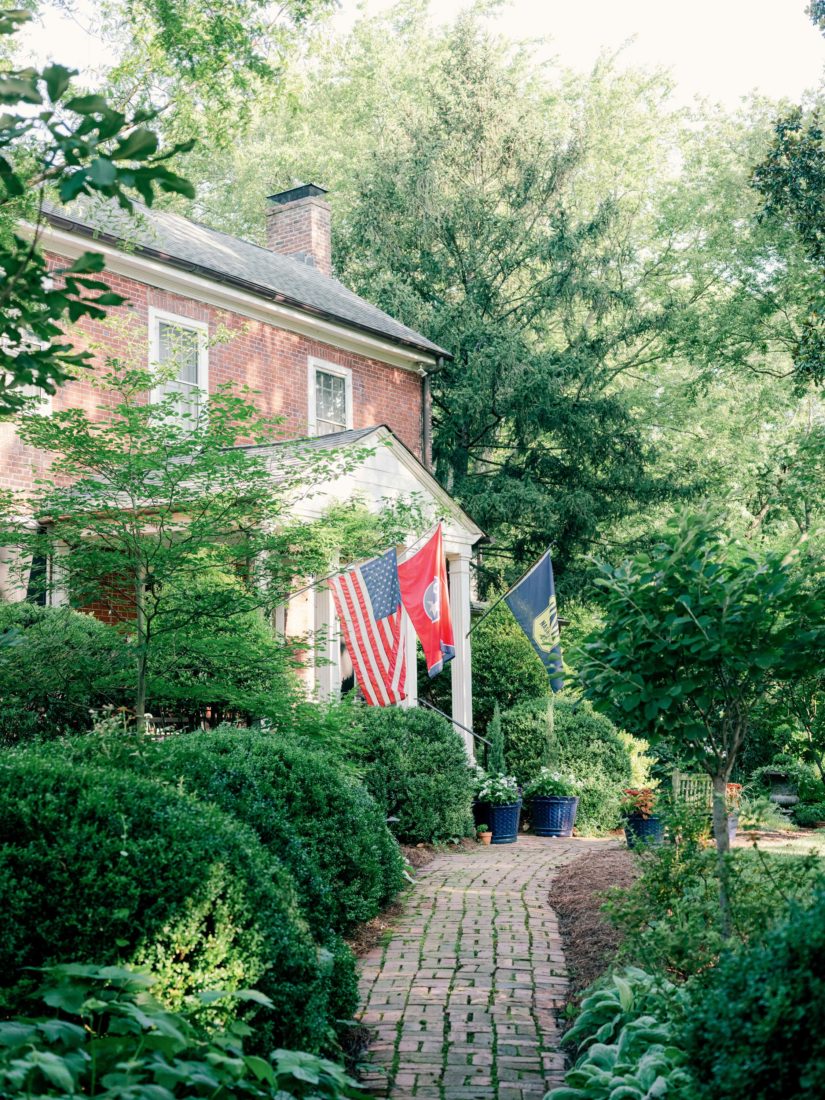
So DeCuyper and Sirls, whose grandmother cared for the gardens at the Tennessee State Capitol and nurtured his passion for horticulture when he was a boy, rolled up their sleeves and got to work. The asparagus beds had to go. The apple orchard, too. “There simply wasn’t enough sun for an orchard,” Sirls says. Five or six of the healthiest boxwoods stayed, prop-agating many of the garden’s now 120 specimens. The estate’s original brick kiln, which Mann had turned into a koi pond, also remained. The tree peonies were saved but relocated. From there, the two allowed the flow of the land and sunlight to direct their efforts, creating a series of eight interconnected garden rooms with the main house as the focal point.

Where the orchard once stood, they installed a vegetable complex full of lettuces and other produce that flourish in filtered light, as well as a sunken greenhouse that, come winter, fills with tall willowy paperwhites, fragrant citrus trees, exotic orchids, and even a few hardy tomato plants. A clematis-covered arbor leads to the north lawn—the grassy domain of Harper Lee and Leo, the couple’s beloved whippets—beyond which a train chugs past daily. “Sometimes the cars come by covered in graffiti,” Sirls says. “It’s like an art show.”

A pair of terraces give way to the south lawn and more art, including Merging Steel, a large-scale abstract piece by Steve Benneyworth, one of Nashville’s first contemporary sculptors. Along the fence line, many of the same plants that friends brought to that long-ago garden-warming party populate the perennial bed. Nearby, a Japanese climbing hydrangea creeps up the old south chimney, and the dense canopy of a weeping katsura provides shelter from afternoon rainstorms. Hundreds of bulbs burst forth every spring—tulips, irises, daffodils. A bigleaf magnolia offers summertime blooms the size of a wash bucket. Not to be outdone, ginkgoes, red maples, and dawn redwoods burn up the sky each fall. And during the coldest months, a lone winter sweet brightens up the garden with delicate yellow blossoms. “We’re both collectors,” Sirls says. “Gardeners will try almost anything. Whatever works here gets to stay.”
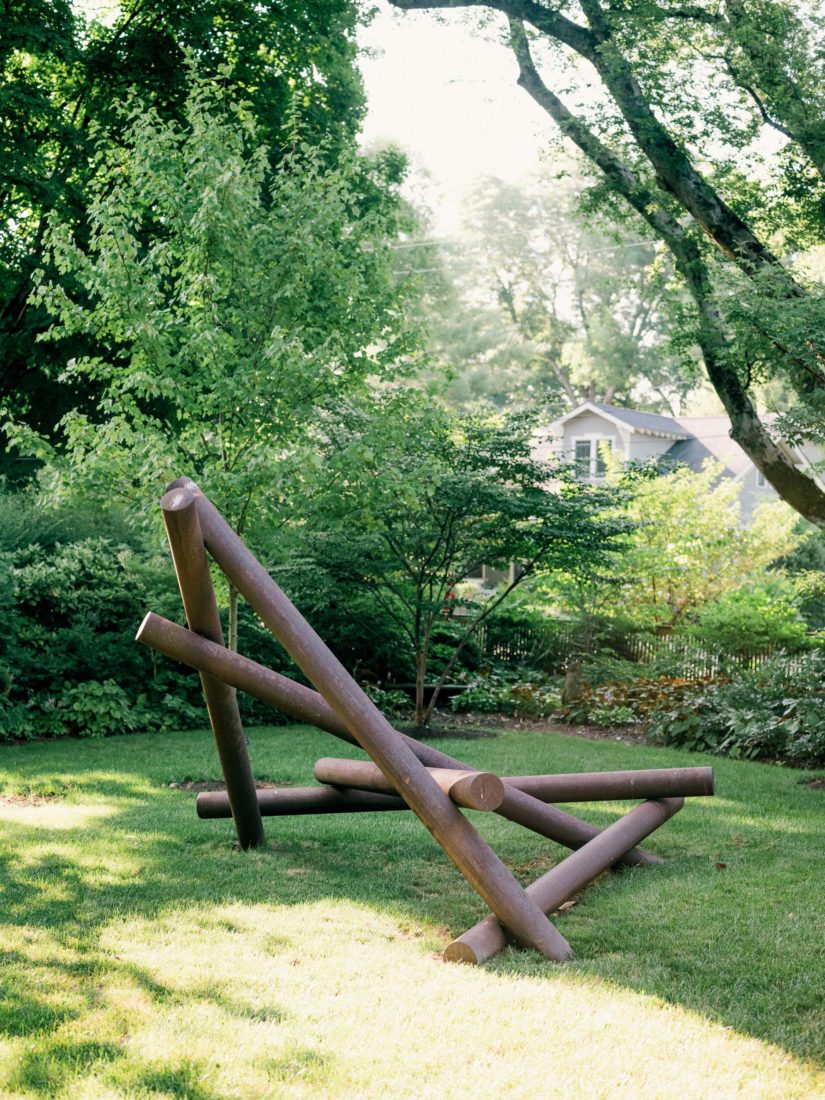
When the property joined the Smithsonian’s Archives of American Gardens in 2014, with help from the Garden Club of Nashville, Sirls and DeCuyper tried to inventory all the species but gave up when the list topped four pages. Just because they stopped keeping track, though, doesn’t mean the work has lessened. “We never stop tweaking,” Sirls says. “If we’re outside, we don’t sit much. I always have projects lined up. Right now, I see a boxwood with a big brown spot. I need to get my clippers.”
